Typically, when talking about the “tiger father, tiger son” couple of the Vietnamese theater industry, we cannot ignore two names: People’s Artist The Lu and People’s Artist Nguyen Dinh Nghi. They are father and son, two generations of great artists who have had a chance encounter with modern Vietnamese theater. Although each person chose their own path and style, both contributed to the appearance of the country’s theater arts through each period of change.
People's Artist The Lu: "King of Poetry" to "Big Brother" of the Theater Village
First, let’s talk about the father - People’s Artist Thế Lữ, also affectionately called “the eldest brother” of the Vietnamese theater industry by the theater artists. The reason for calling him that is because he was the one who pioneered the new form of drama for the country in the mid-20th century, and was also the one who laid the foundation for a “cathedral” of theater with its own identity and beauty of Vietnam.
However, if we only mention Thế Lữ as the pioneer of spoken drama, it is probably not enough to fully describe the talent of this multi-talented artist. He is also one of the rare few who participated in all three main genres of modern Vietnamese literature and art, including spoken drama, lyric poetry and prose. What is remarkable is that in all three fields, he not only participated but was a pioneer and had brilliant achievements.
People's Artist Thế Lữ's real name is Nguyễn Thụ Lễ, born in 1907 in Thái Hà hamlet, Hà Nội . When he was young, he loved most of the arts, he learned to play musical instruments, sing, paint, then switched from painting to writing. In 1932, he joined the Tự Lực văn Đoàn and was one of the main writers of the two newspapers "Phong Hóa" and "Ngay Nay". In addition to being a talented journalist, he also shined in the prose genre with a series of thrilling and suspenseful detective stories: Vàng và Mẫu, Bến đường Thiên Lôi, Bài Thuốc Liêm, Gió Trăng Ngàn, Trại Bồ Tùng Linh. Or the romantic short stories that he accidentally collected on his wandering paths: Một đêm nguyệt, Vì tình, Chuyện trước rau, Mẫu trí thông minh, Một người thay tửu, Chuyện đường rung...
Also during this period, Thế Lữ entered the artistic path with his poetic talent and became the leading flag of the New Poetry movement. With many immortal poems, he contributed significantly to the modernization of Vietnamese poetry. Right in his first collection of poems titled “A few verses of poetry”, he was compared by the country’s literary history as a poet in the time when “New Poetry had just been born” and he was “like a star that suddenly appeared, shining brightly throughout the entire sky of Vietnamese poetry” (the words of Hoài Thanh and Hoài Chân in the collection Vietnamese Poets). In particular, the poem “Remembering the Forest” excited and moved many readers through many generations. It can be affirmed that the image of the tiger in the poem “Remembering the Forest” is his unique and distinct contribution to a typical work of New Poetry.
 |
People's Artist, Poet The Lu. (Photo in article: Document) |
With his brilliant achievements, Thế Lữ is a prominent name in the Vietnamese literary and poetic world. However, after a journey of tireless searching and creation, he gradually realized that: poetry, stories, or journalism... no matter how expressive, are still not enough to fully portray tangible beauty. Therefore, at the end of the New Poetry season, this passionate artist left everything behind to find a fascinating and new art form for Vietnam: drama. He believes that drama is a sharp weapon to convey good ideas to the audience, so he found the opportunity to crystallize the beauty of all the literary genres that he was associated with to convey it into this genre.
From the very first days of entering the stage, Thế Lữ determined: Vietnamese theater art will be improved, have a worthy position, and will build a foundation on Vietnamese social life. With passion, enthusiasm and a sense of responsibility, he has contributed significantly to the realization of this goal. Whether in the role of actor or director, Thế Lữ puts all his heart into each play.
A series of stage works were born, creating a great resonance. Among them, the long play Kim Tien is considered an important milestone, marking the appearance of a Vietnamese director named The Lu. This is also one of the memorable successes of Vietnamese drama before the August Revolution. Just like that, The Lu became involved with drama with the eyes and heart of a poet, writer, journalist, and artist.
His drama troupes Tinh Hoa, The Lu, Anh Vu were born one after another. His staging and performing activities left a strong mark on the Hanoi stage in the 30s and 40s of the last century. During the 9 years of resistance against French colonialism, he was still diligently working on many short and long plays to serve the masses, mobilizing human and material resources for the long-term resistance. After 1954, when peace was restored, he continued to take on the role of head of the Central Drama Troupe (now the Vietnam Drama Theater), participating in writing, directing, and performing for many works.
It is not wrong to say that The Lu's name is closely associated with the development of the country's stage arts, especially drama. Since his pioneering work, there have been many generations of talented artists and classic plays that have gone down in the history of the country's stage. The awarding of the Ho Chi Minh Prize to The Lu in 2000 is a worthy recognition of his great and lasting contributions to the national art.
People's Artist Nguyen Dinh Nghi: "Veteran" director of drama stage
Unlike his multi-talented father, People's Artist Thế Lữ, who was successful in many different artistic fields, People's Artist Nguyễn Đình Nghi - his eldest son was born to belong to the stage. Nguyễn Đình Nghi was born in 1928 in Hải Phòng. From a young age, he showed his special stage talent. He participated in plays and became a beloved actor. Then he studied directing in Russia, defending his PhD thesis in theater at the famous Luiatraxki Theater Institute.
For Nguyen Dinh Nghi, the greatest art teacher of his life is his father: "My father taught me things that no school can teach." The Lu has always been a source of pride and great encouragement on his artistic path. Indeed, it was The Lu who "ignited the fire" to help his son be more confident in following his father's footsteps. Nguyen Dinh Nghi once confessed that The Lu passed on to him a very simple and important belief about the directing profession: Modern Vietnamese drama must know how to tell stories in a Vietnamese way and Vietnamese storytelling must know how to accept and integrate traditional Vietnamese theater, by telling stories according to aesthetic principles: describing the meaning, describing the spirit.
Perhaps thanks to the knowledge accumulated in the classroom and valuable experiences in practice, Nguyen Dinh Nghi soon affirmed his name on the artistic path. He is considered one of the typical directors of the golden generation in the second half of the 20th century, the period when Vietnamese drama entered a brilliant period. He is the one who made great contributions in adapting cultural works to the drama stage.
 |
People's Artist, Director Nguyen Dinh Nghi. |
Nguyen Dinh Nghi devoted his entire life to building and perfecting the national stage. His works were not many because he did not pursue quantity, what he aimed for was the artistic depth in each work. Plays such as Black Deer, White Base, Con Muu Va Hau Qua, My Captain, Image and Shadow, Fox and the Grapes, Truong Ba's Soul, Hang Thit's Skin... all had the appearance of a great work, marking a golden age of Vietnamese drama.
Many people in the profession have commented that Nguyen Dinh Nghi's entire life belongs to the stage. His love for the stage is a flesh and blood emotion, which cannot be named or measured. It is this love that has urged him to constantly seek the sublimation and soaring of the Vietnamese stage. In 2012, he was honored to be awarded the Ho Chi Minh Prize for Literature and Arts for his outstanding works.
If Thế Lữ is called the founder, considered one of the pioneers of Vietnamese drama, then People's Artist Nguyễn Đình Nghi is the one who inherits, develops and elevates that legacy with his directing talent and sharp artistic thinking. They are two generations - two styles - two different journeys, but they all have one unchanging common point: the love for the stage, like a source flowing in the veins, passed down from father to son.
Source: https://baophapluat.vn/cap-doi-ho-phu-sinh-ho-tu-cua-lang-san-khau-viet-nam-post551708.html


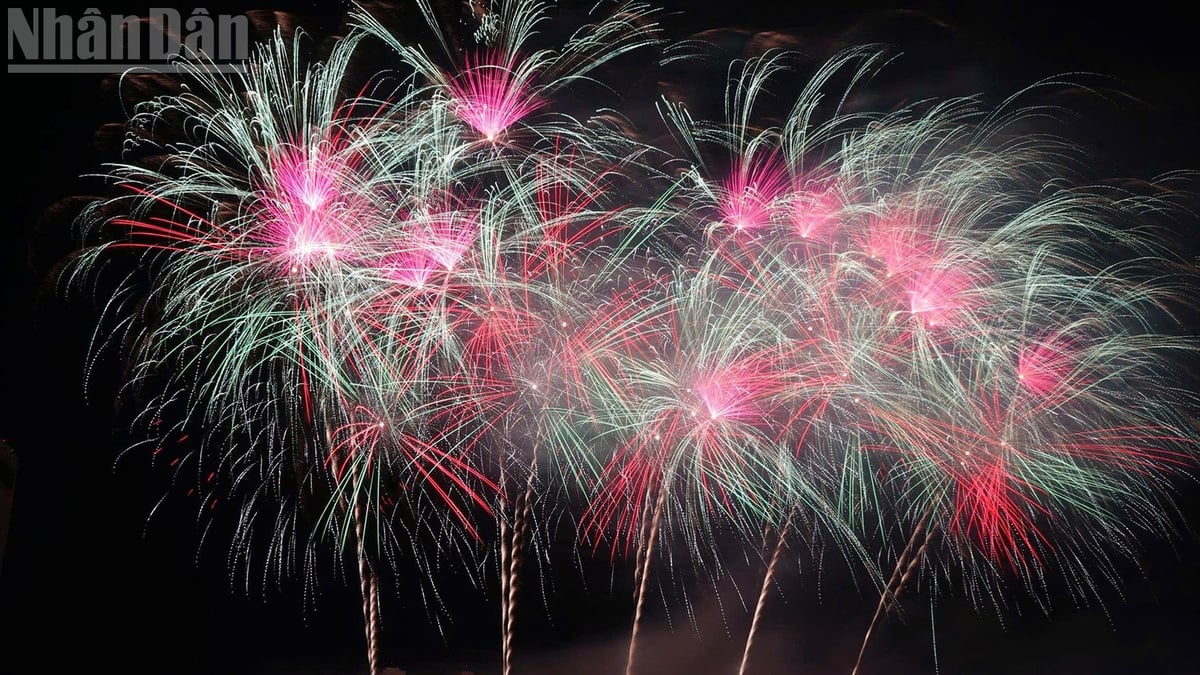











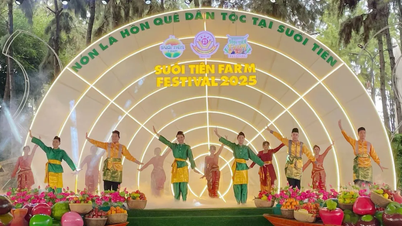
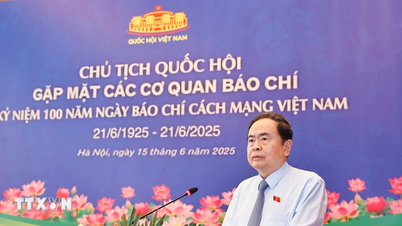
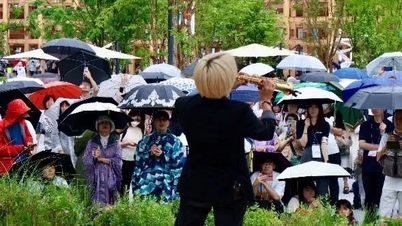







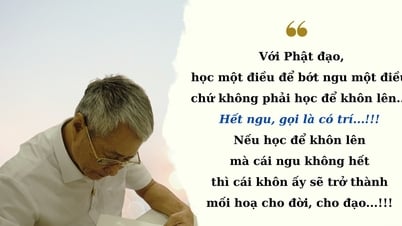


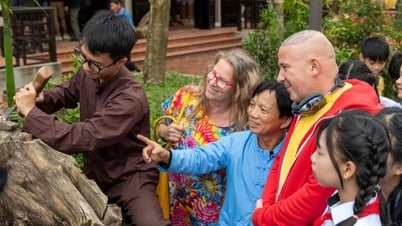

































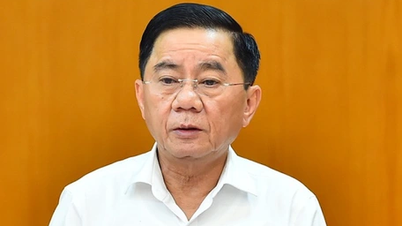

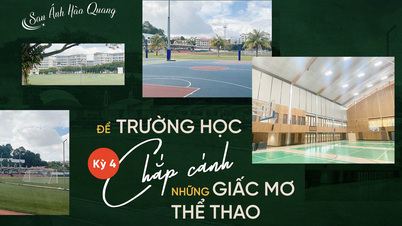










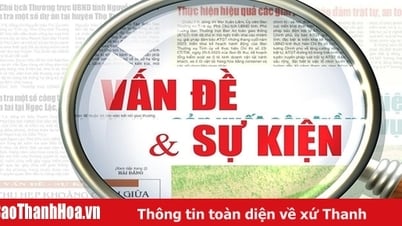

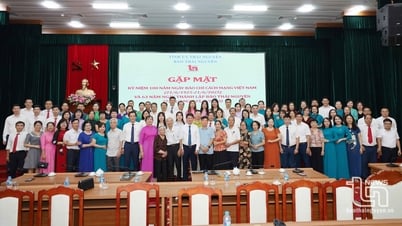



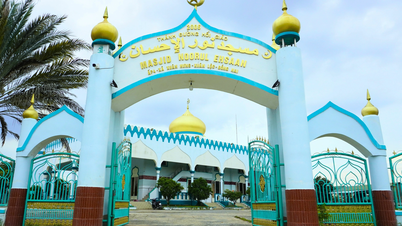

















Comment (0)